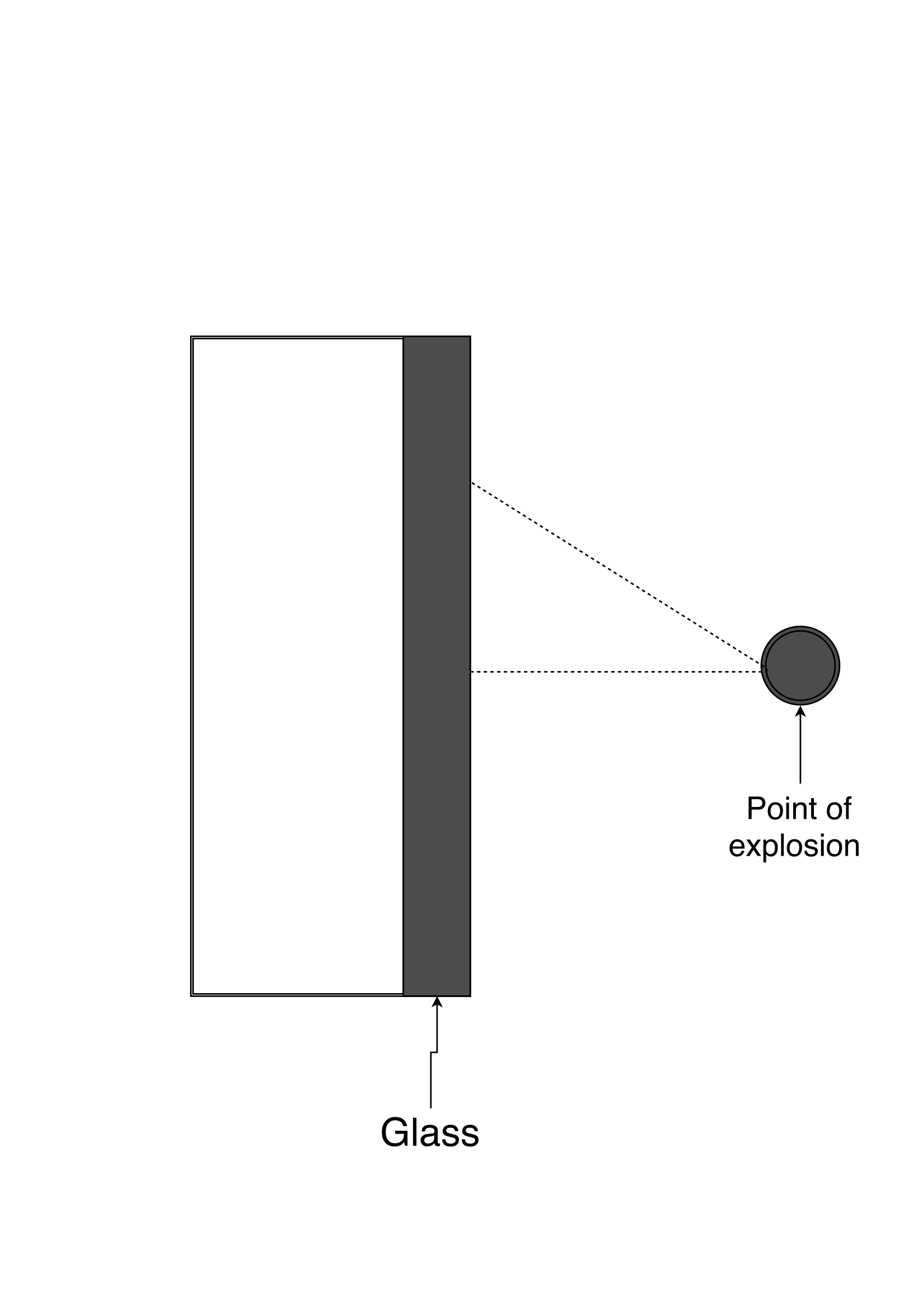General System Description
This section provides general information about the system. It identifies the interfaces between the system and its environment, describes the user characteristics, and lists the system constraints.
System Context
Fig:sysCtxDiag shows the system context. A circle represents an external entity outside the software, the user in this case. A rectangle represents the software system itself (GlassBR). Arrows are used to show the data flow between the system and its environment.

The interaction between the product and the user is through a user interface. The responsibilities of the user and the system are as follows:
-
User Responsibilities
- Provide the input data related to the glass slab and blast type, ensuring no errors in the data entry.
- Ensure that consistent units are used for input variables.
- Ensure required software assumptions are appropriate for any particular problem input to the software.
-
GlassBR Responsibilities
- Detect data type mismatch, such as a string of characters input instead of a floating point number.
- Determine if the inputs satisfy the required physical and software constraints.
- Predict whether the glass slab is safe or not.
User Characteristics
- The end user of GlassBR is expected to have completed at least the equivalent of the second year of an undergraduate degree in civil engineering or structural engineering.
- The end user is expected to have an understanding of theory behind glass breakage and blast risk.
- The end user is expected to have basic computer literacy to handle the software.
System Constraints
There are no system constraints.


